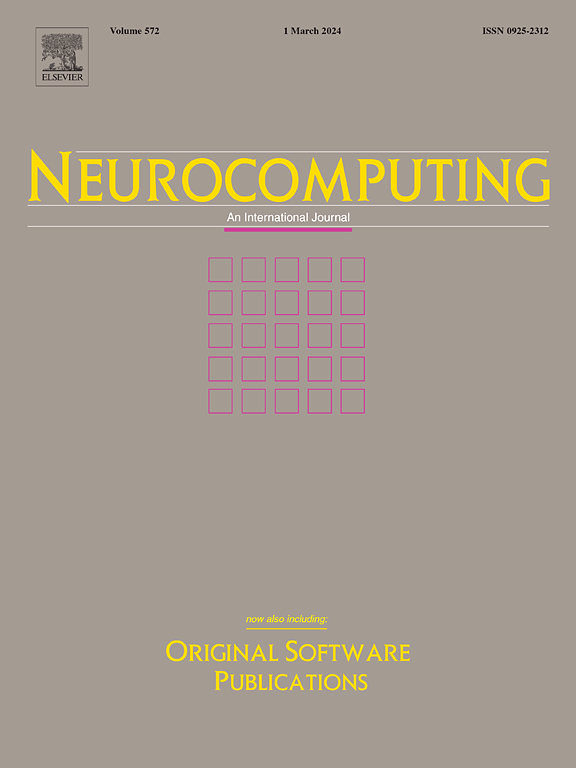Attributed network community detection based on graph contrastive learning and multi-objective evolutionary algorithm
IF 5.5
2区 计算机科学
Q1 COMPUTER SCIENCE, ARTIFICIAL INTELLIGENCE
引用次数: 0
Abstract
Attributed network community detection holds significant research value for network structure analysis and practical applications. However, existing methods still face significant challenges in addressing the conflicts between topological structure and attribute features, as well as balancing structural tightness and attribute similarity in community detection. In light of this, we propose a community detection method based on graph contrastive learning and multi-objective evolutionary algorithm (GCL-MOEA) for attributed networks. Specifically, GCL-MOEA contains two core parts: node embedding and community detection. Considering the conflict between topological structure and attribute features, the node embedding part constructs topology-augmented and attribute-augmented views, which are utilized in a cross-view graph contrastive learning model. This model comprehensively extracts node features to obtain node embedding vectors, effectively preserving the consistency and complementarity between the structure and attributes. The community detection part utilizes clustering results of node embeddings to construct high-quality initial populations. A multi-objective evolutionary algorithm is subsequently employed to obtain community structures where nodes are tightly connected and have similar attributes. The effectiveness of the proposed method is validated on five real-world networks. Experimental results demonstrate that GCL-MOEA outperforms baselines in terms of ACC, NMI, ARI, and F1, obtaining better community detection results.
求助全文
约1分钟内获得全文
求助全文
来源期刊

Neurocomputing
工程技术-计算机:人工智能
CiteScore
13.10
自引率
10.00%
发文量
1382
审稿时长
70 days
期刊介绍:
Neurocomputing publishes articles describing recent fundamental contributions in the field of neurocomputing. Neurocomputing theory, practice and applications are the essential topics being covered.
 求助内容:
求助内容: 应助结果提醒方式:
应助结果提醒方式:


